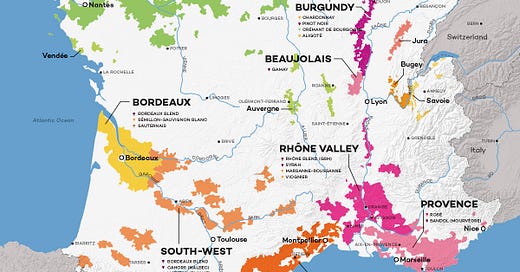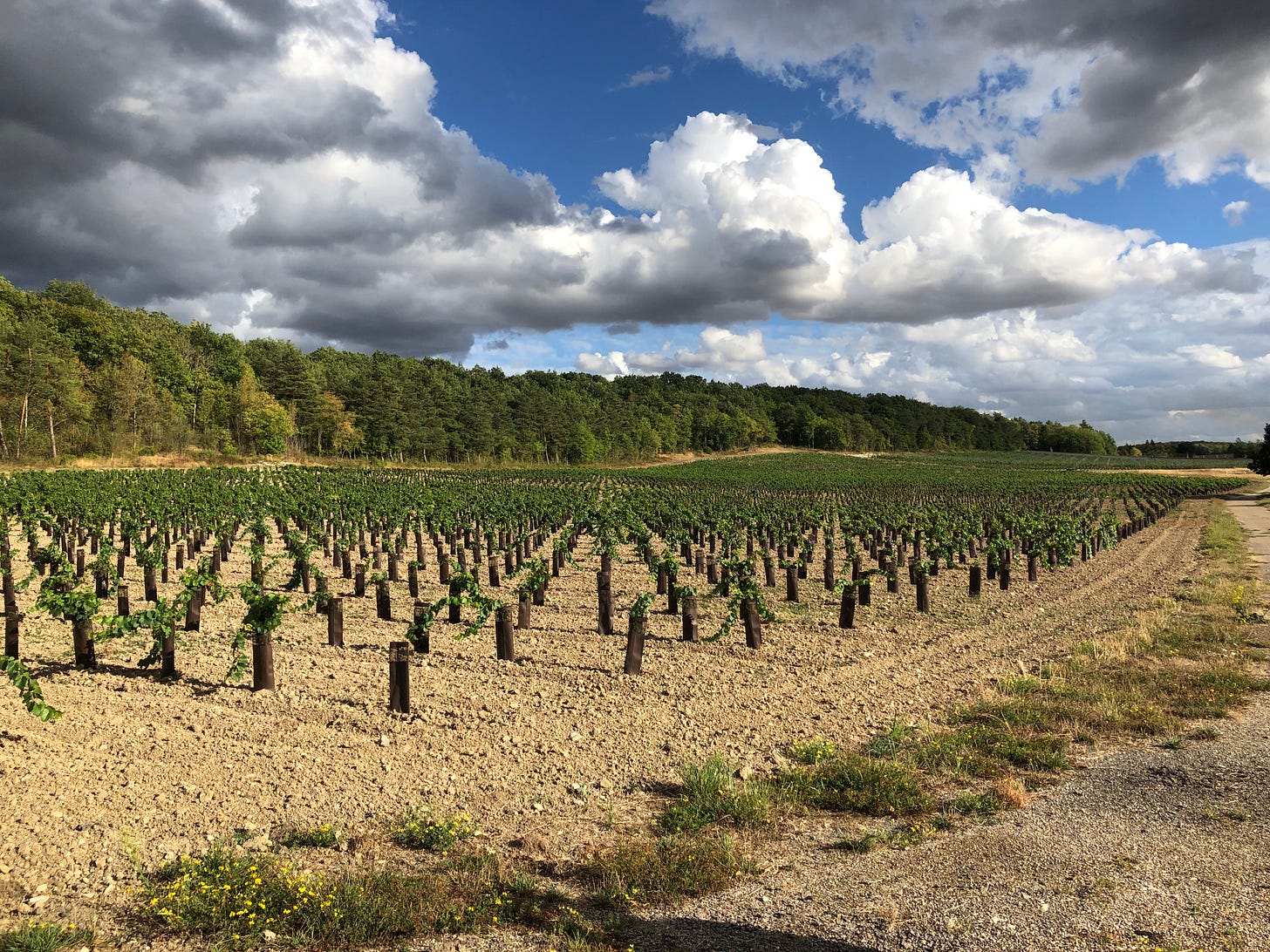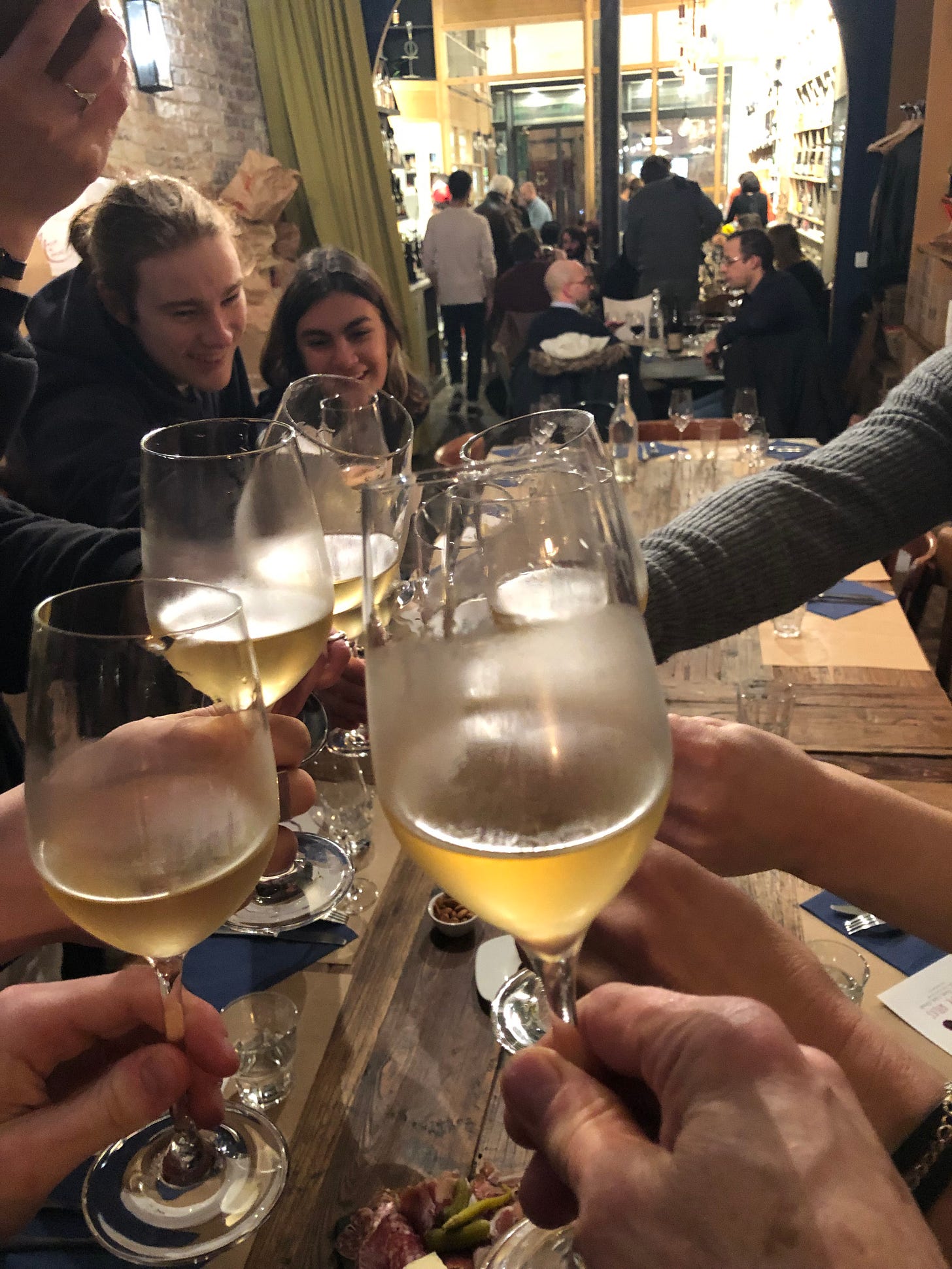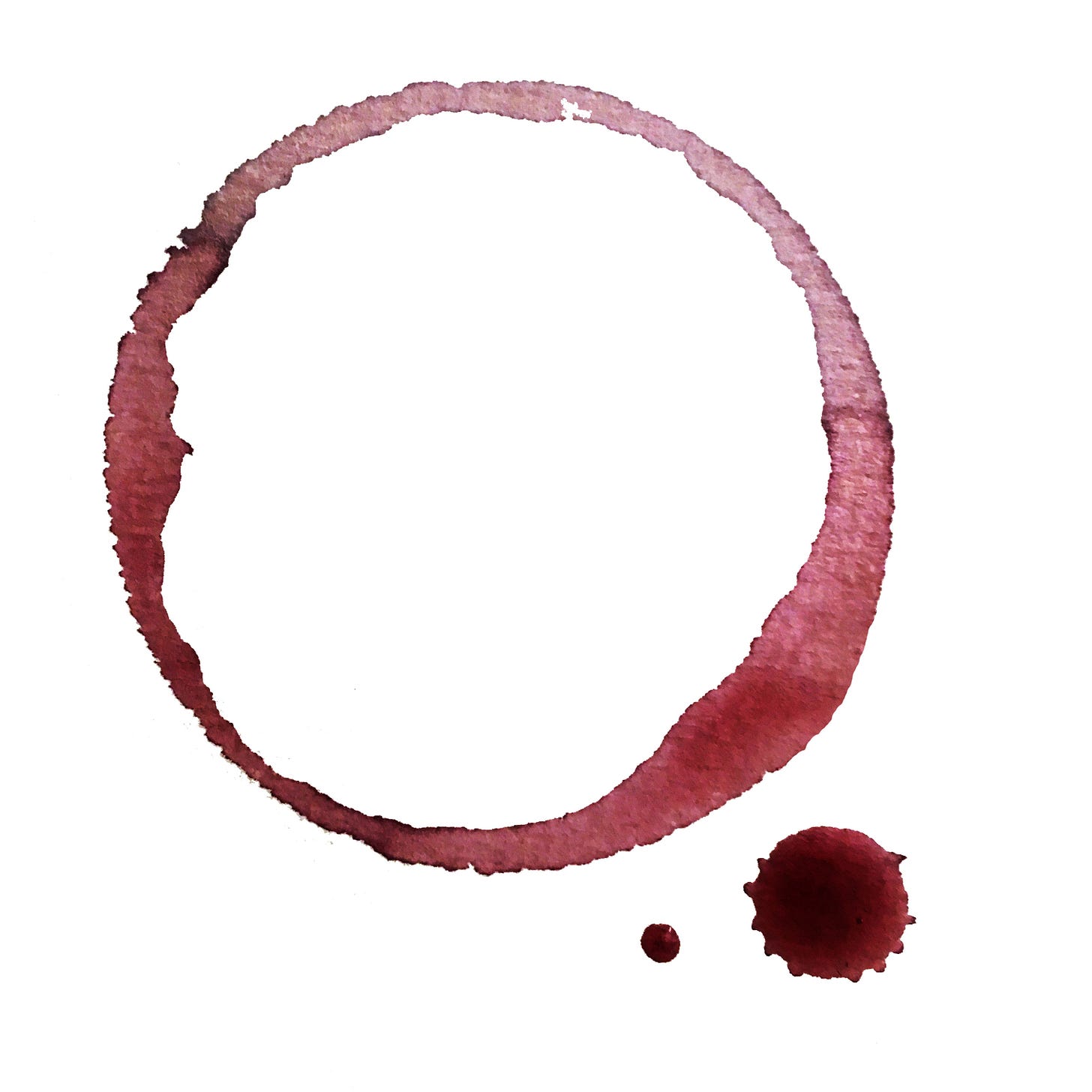Where is Paris indeed. The above map suggests that the region around Paris is without vines. Which is a mistake, as there are an estimated 140 vineyards in the Île-de-France (the region around Paris), although from a relatively recent historical perspective, it’s not wrong.
It generally comes as a surprise to discover that the Paris region, the IDF was, right up until the mid 19th century, the largest vineyard area in the entire world, larger than Champagne, Burgundy and Bordeaux.
Estimations range between 45 and 52,000 hectares, which well exceeded the largest vineyards of France at the time, or most today (for example, Champagne, one of the larger regions today, is only 33,340 hectares). But it wasn’t just the quantity that was impressive, it was also the quality as ‘Francoy’ wines enjoyed stellar reputations throughout northern Europe and regularly figured among the highest ranked wines available, particularly the whites.
I have visited every wine producing region of the country at least once, and sometimes, hundreds of times, but my ignorance of the vineyards of the Île-de-France was almost total. Which only goes to show how ‘confidential’ they are and how most people are quite unaware of their existence.
According to Marcel Lachiver in his epic tome ‘Vin, Vigne et Vignerons en region Parisienne du XVII au XIX siècle’, “Every medieval historian agrees that the vineyards of the Île de France were of great quality thanks to a majority of Pinot de Bourgogne for the production of red wines and Fromental (a cousin of Pinot Gris and Savagnin) for the whites, which were in higher demand in the Middle Ages than red wines are now. Every abbey and every noble had their red and white grapes. It is difficult to measure the exact space vineyards comprised in the rural countryside as only partial surface areas of the abbeys of Saint-Denis and Saint-Germain-des-Prés are known to us. One thing that is certain though is that it was smaller in 1300 than it was in 1700 or even 1800, first of all because the drinking population was smaller and especially because wine was drunk less by the working classes.” (p. 19-20 my translation).
Lachiver continues to say, “but it should be emphasized that the fame of the ‘français’ wines was great and that from the 11th and 12th centuries they supplied a trade that was much bigger than it was at the dawn of the revolution… This trade went in two directions: towards Rouen and towards England via the Seine and to Picardie, Flanders and Holland via the Oise.”
In further addressing the question of quality, he claims that, “up until the 18th century, the wines of the Île de France could easily be mistaken for other vineyard regions of France. Lovingly cultivated, they produced good clarets after having excelled in producing whites up until the end of the 16th century… quality was guaranteed by the choice of cépages because throughout the vineyards, Pinot Noir along with Meunier and Meslier for the reds and Fromental for the whites dominated. Quality was also guaranteed by the attention the winemakers gave to sorting their grapes, separating unripe and rotten grapes to make a wine of lesser quality called ‘verdillon’, the table wine reserved for daily consumption, mixed with water if necessary.” (p. 172-173 my translation)
What caused their decline? Why did they disappear?
There were several reasons for the demise of these vineyards – a drop in quality after the revolution, competition from the south with the invention of the steam engine, which lead to railways and phylloxera, and then a very rapid rise in urbanisation. The steamship shortened the voyage across the Atlantic from three weeks by sailboat to two weeks, allowing this woeful little bug which lived in symbiosis with American vines, and hence resistant to it, to survive the voyage and arrive on French soils.
It devastated vineyards throughout the country and beyond. The only vines that were replanted were those that were economically viable. As the quality of the wines of the Île-de-France also went into decline from around the beginning of the 19th century due to rising demand (quality being sacrificed for quantity) and railways making it ever easier to acquire wines cheaply from other regions of France, people (notably the clergy and the nobility) increasingly chose wines from Burgundy and Bordeaux.
Renewal, revival, renaissance
We’re only witnessing the very beginning of a renaissance, the extent of which imposes itself as a tale of unfortunate decline and unexpected triumph. The story of the vineyards of Paris (find out more in ‘The Hidden Vineyards of Paris’) is in fact only part of a much larger story, which is the vineyards of the Île-de-France, a story that extends back to the Romans.
Over the past 20 years there has been a growing interest in the viticultural history of the Île-de-France that has translated into a renewed interest in planting vineyards. Most of the traditional associations, ‘confreries’ (brotherhoods), and municipalities that have maintained the thread with the past by replanting lost vineyards, have been around since as early as the 1930’s. These initiatives were often undertaken for all the reasons that might be associated with collective enterprises – conviviality, sociability, belonging, sharing, learning - as well as a desire to draw attention to historical precedence and to connect with nature. Most of the municipal or ‘patrimonial’ vineyards draw upon their past history using the vineyard as a link to raise awareness about this forgotten past. Those closest to Paris are generally small and very often hidden in plain view in urban settings.
In 2016, the IDF regained its status as a wine producer
Up until 2016, it was impossible to sell these wines as there were restrictions on planting vines with the intention to produce wine for sale. In 2016 the European Union removed these restrictions, opening the way for the development of commercial vineyards while allowing those who had already planted, to begin to sell their wines. Up until this time, the wines that were produced were kept for private consumption and for the grand majority of the ‘patrimonial’ or municipal vineyards, this is still the case.
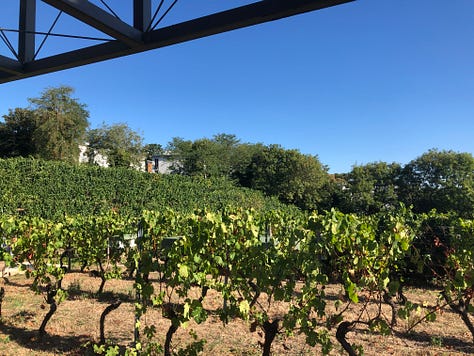
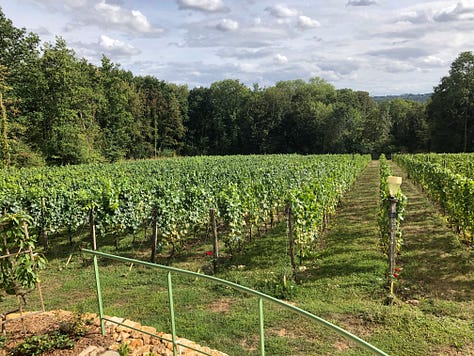

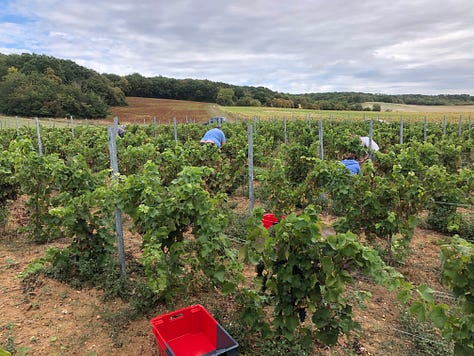
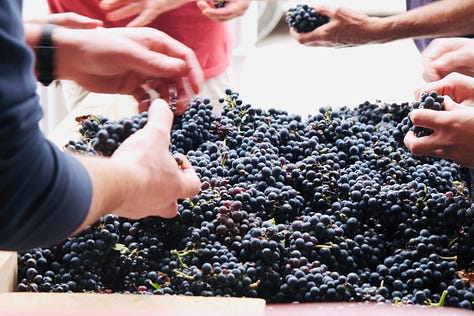
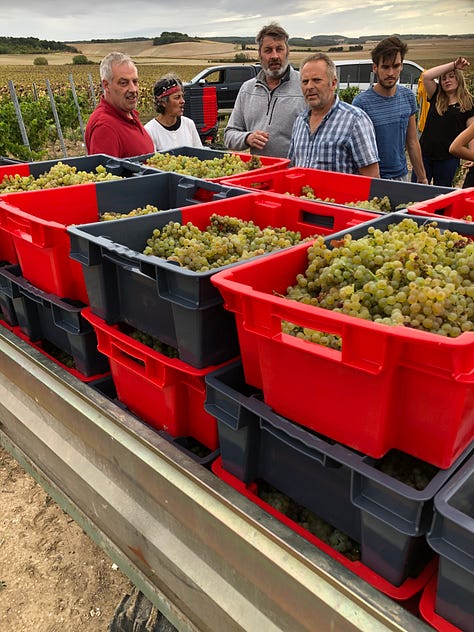
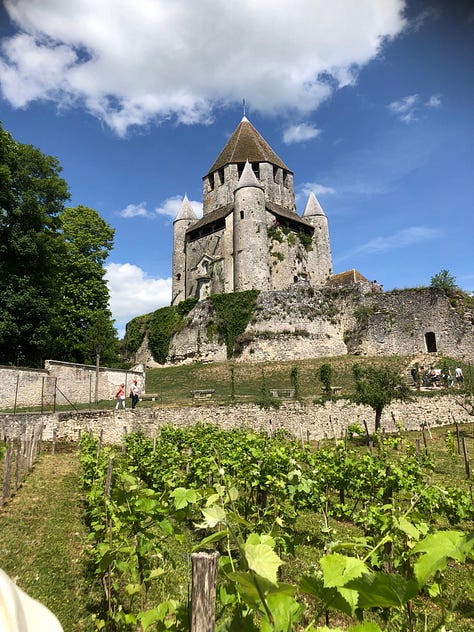
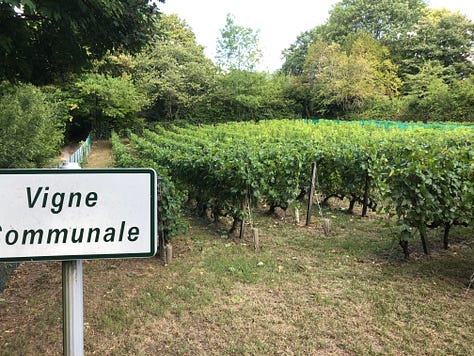
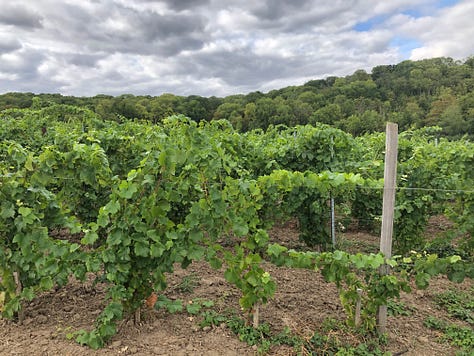
Some might think it extravagant to want to try to redeem this vineyard region given the extent of urbanisation that has encroached upon it in some areas, not to mention the fact that there is already an excess of wine produced in Europe. Never mind that it was once considered the best in France. But the recognition that the soils of the region are perfectly suited to vines and the effects of climate change encouraging to achieving greater maturity, there is a growing number of wine makers betting on the future of the region. They are also aligning themselves with the ideology of ‘buying local’, trusting that their entire production will be happily consumed by Parisians.
It is nevertheless a risk as it takes years for vineyards to establish themselves (though wines are often made after 3 years, it takes a minimum of 5 years to produce anything that can be called wine) and the cost of labour, the investment in wine making equipment and the whole process of marketing requires considerable time and effort, not to mention money.
But it is anticipated that the rewards will outweigh the costs and over time, the reputation of the wines of the Île-de-France might again compete with those from around the rest of the country. We will be testing these wines as they come on the market (and reporting the results herein), so will be organising blind wine tastings to see how they stand up to wines made with the same grapes from other regions.
Stay tuned to learn more.
Wine Walks & Tastings!
Sparkling Wine Splash!
Sign up now for our special Valentine’s Day (plus before and after) blind sparkling wine tastings - February 13, 14 and 15. Our blind wine tasting of carefully selected sparkling wines invites friendly competition to see who can identify the Champagne among five fabulous sparkling wines. Book now!
Clos Montmartre - Paris in Your Glass
Paris' most famous wine producing vineyard
Latin Quarter Unbottled!
An insider's journey to the oldest wine neighbourhood in the city
Wine Your Way Through the Marais
The Marais seen through a wineglass
Saint-Germain-des-Prés
Discover the vinous spirit of medieval Paris
Paris Bottled!
Short on time? This one’s for you.

